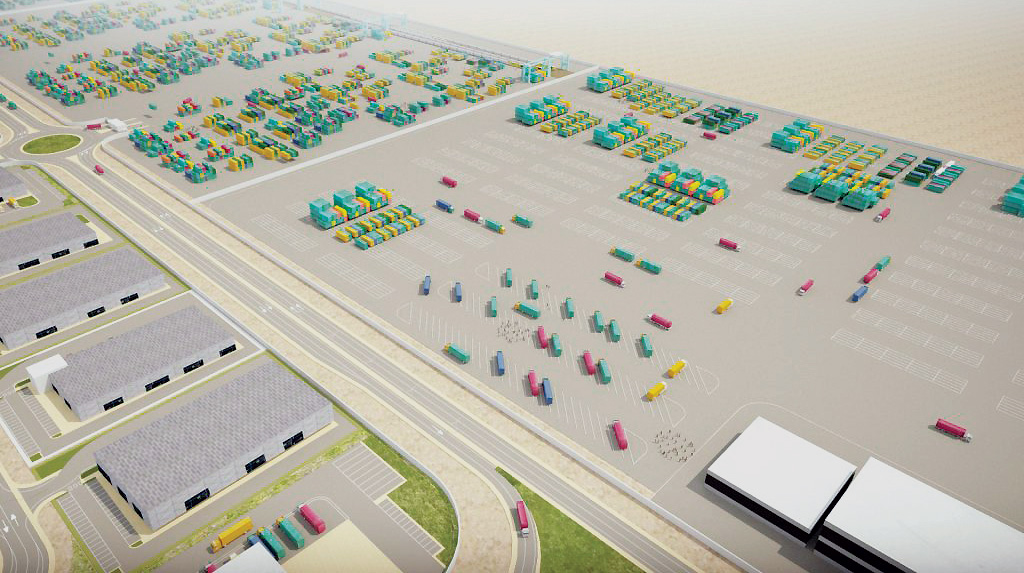

MUSCAT, NOV 17 - The Sultanate’s maiden Dry Port — an anchor project of Khazaen Economic City in South Al Batinah Governorate — will be a customs bonded facility complete with its own international port code, thereby serving as a ‘destination’ for import and export cargoes. The ‘destination’ tag effectively confers upon the Dry Port many of the advantages and characteristics of a seaport despite its location inland, according to a key official associated with the landmark initiative. “We are looking to develop the Dry Port as a customs bonded facility and a logistics one stop shop with a value-adding service-centre for the trade,” said Dr Ahmed Mohammed al Abri, (pictured) CEO of Marafi, a wholly owned subsidiary of Asyad Group – the integrated end-to-end transport and logistics flagship of the Omani government.
“The Dry Port will have a port code that will be accepted internationally as a customs bonded port, along with the presence of other cargo clearing authorities, thereby avoiding double cargo checks. It will serve as the destination or the origin of cargo where the checks will be done,” he stated in a presentation on the salient features and beneficial aspects of Oman’s first inland port initiative. Earlier, Dr Al Abri signed an agreement with Khalid al Balushi, CEO of Khazaen Economic City, for the establishment of a new company that will develop and operate the dry port. Khazaen Dry Port Company is a partnership of Marafi (50 per cent), Khimji Ramdas Shipping (30 per cent), and Al Madina Logistics (20 per cent).

“Khazaen Dry Port will be first dry port initiative in Oman based on the Public Private Partnership (PPP) model,” said Dr Al Abri. “It is the first significant inland port project in terms of its size, and the type of activities that will be promoted within its boundaries, and beyond as well. It is also a part of Oman’s integrated logistics drive which seeks to elevate Oman into the ranks of leading logistics-centric countries of the world.”
The dry port project, located near Barka, will seek to eliminate transport inefficiencies and achieve cost reductions in freight transportation, storage rates and facilities integration, said the official. Designed to cater to all kinds of cargo, including containers, the facility will enable Liners to use the dry port as a storage area for empties (empty containers). Likewise, freight forwarders have the opportunity to leverage the facility for cargo consolidation and deconsolidation activities.
In this regard, he urged the freight forwarding community, as well as shipping lines, to label Khazaen Dry Port as a ‘destination’ in their multimodal Bill of Lading.
In his presentation, Dr Al Abri listed a number of benefits accruing to consignees from the introduction of a dry port at Barka. Besides offering integrated logistics solutions, the dry port is expected to reduce last mile delivery charges by around 50 per cent. Moreover, it can serve as a Container Freight Station (CFS) and also offer competitively priced cold storage and reefer cargo facilities.
Furthermore, with more and more cargo volumes being handled at the dry port, any cargo congestion issues at gateway ports, notably Sohar Port, will no longer arise, according to the official. Consequently, the Khazaen facility will contribute to the better utilisation of seaports, while enhancing productivity and efficiency, he added.
Oman Observer is now on the WhatsApp channel. Click here



